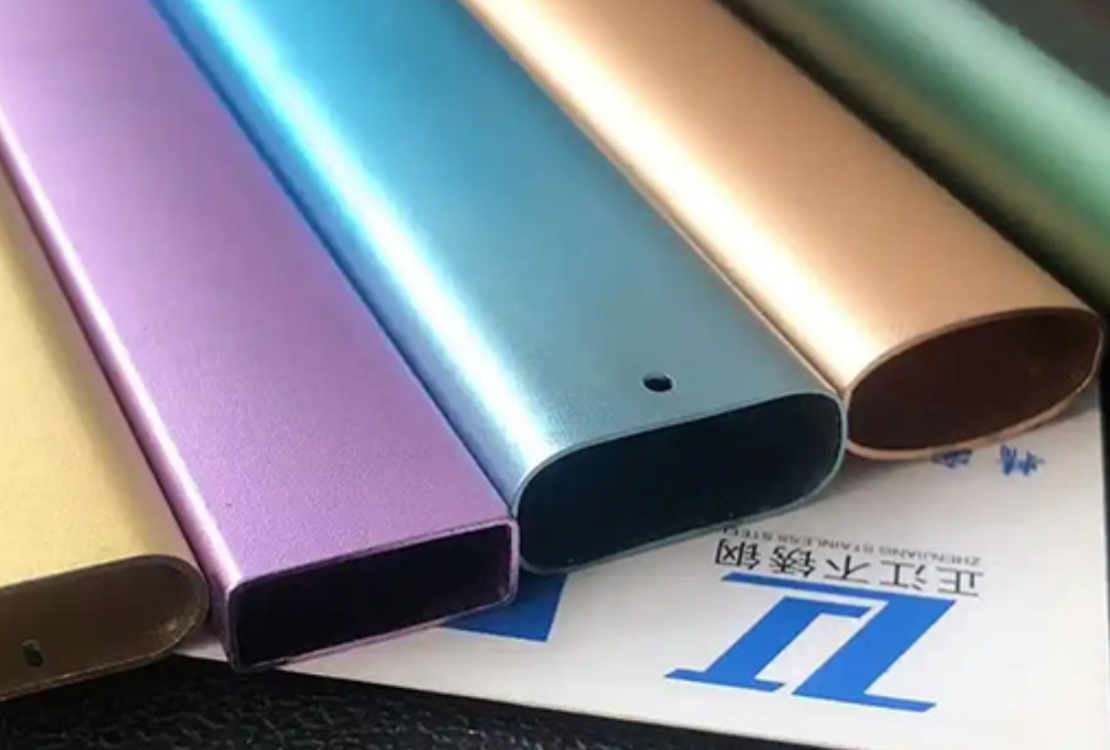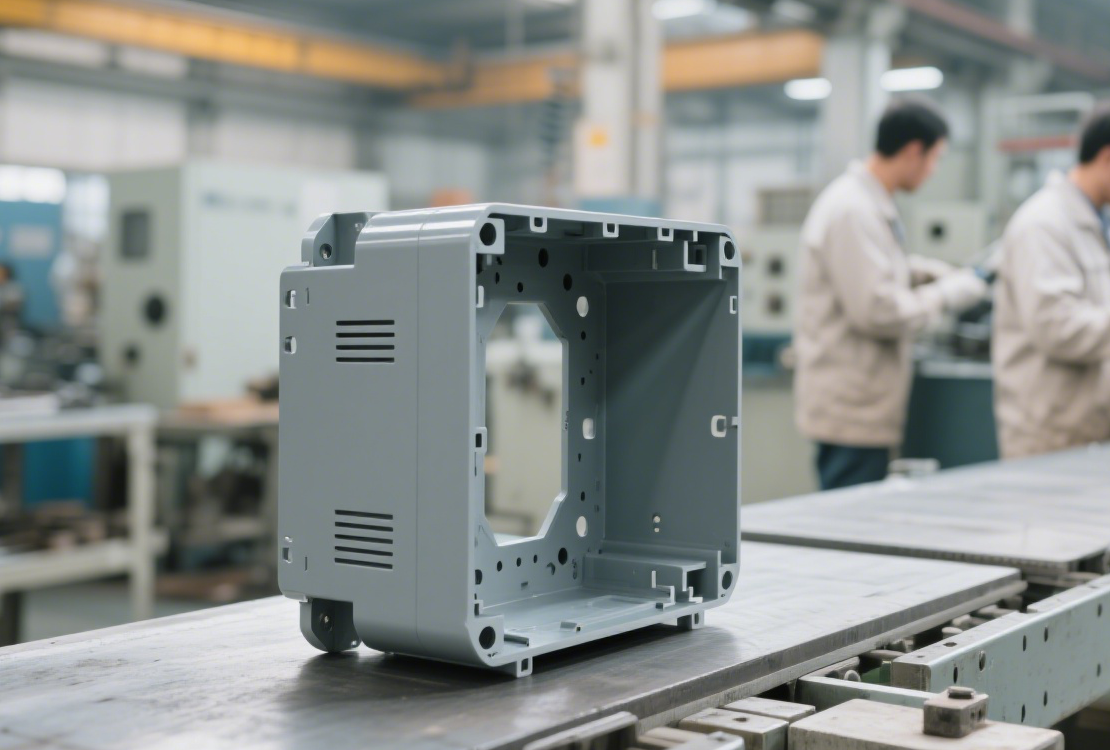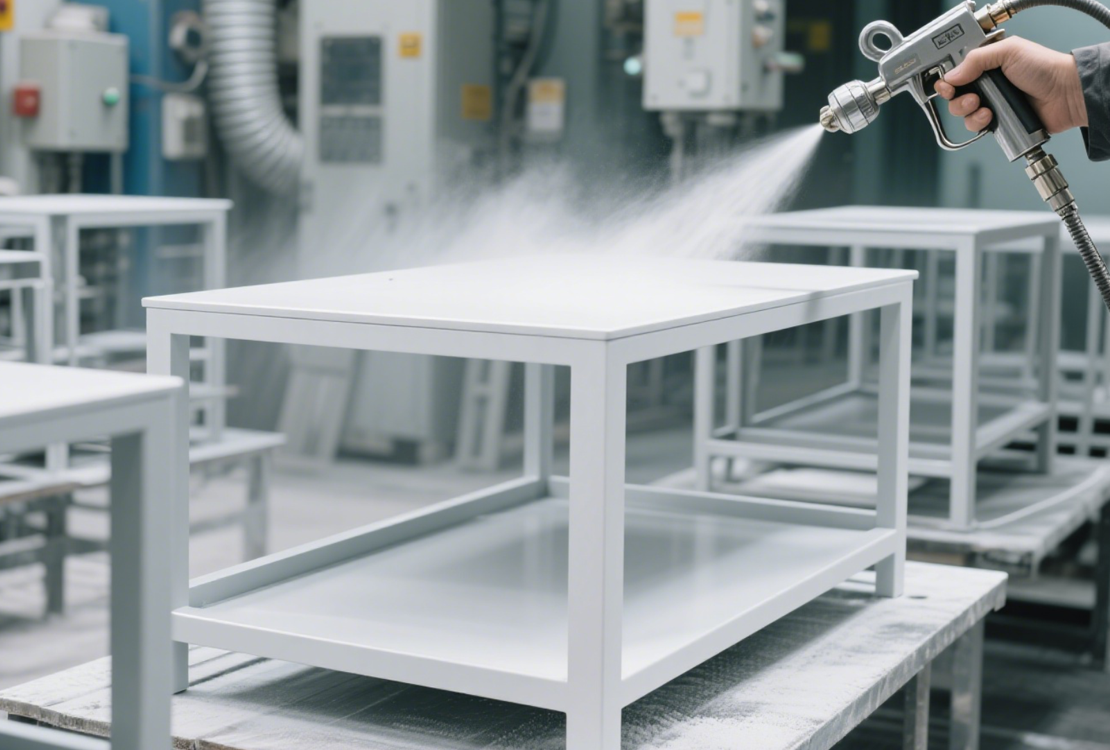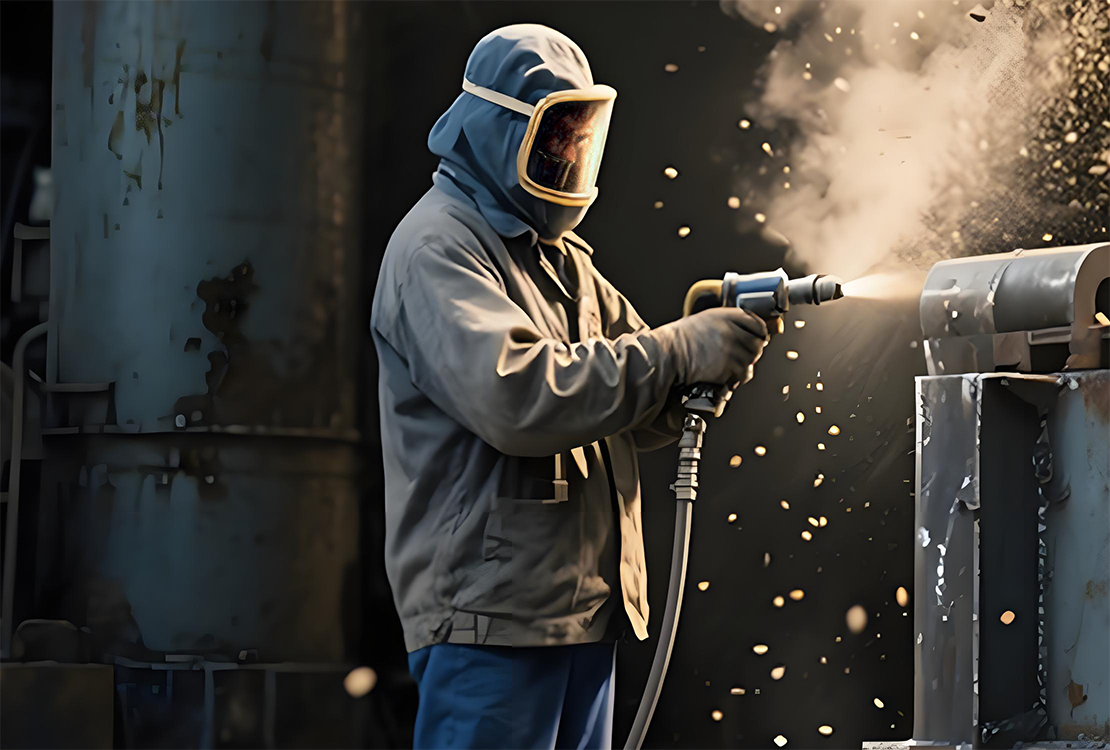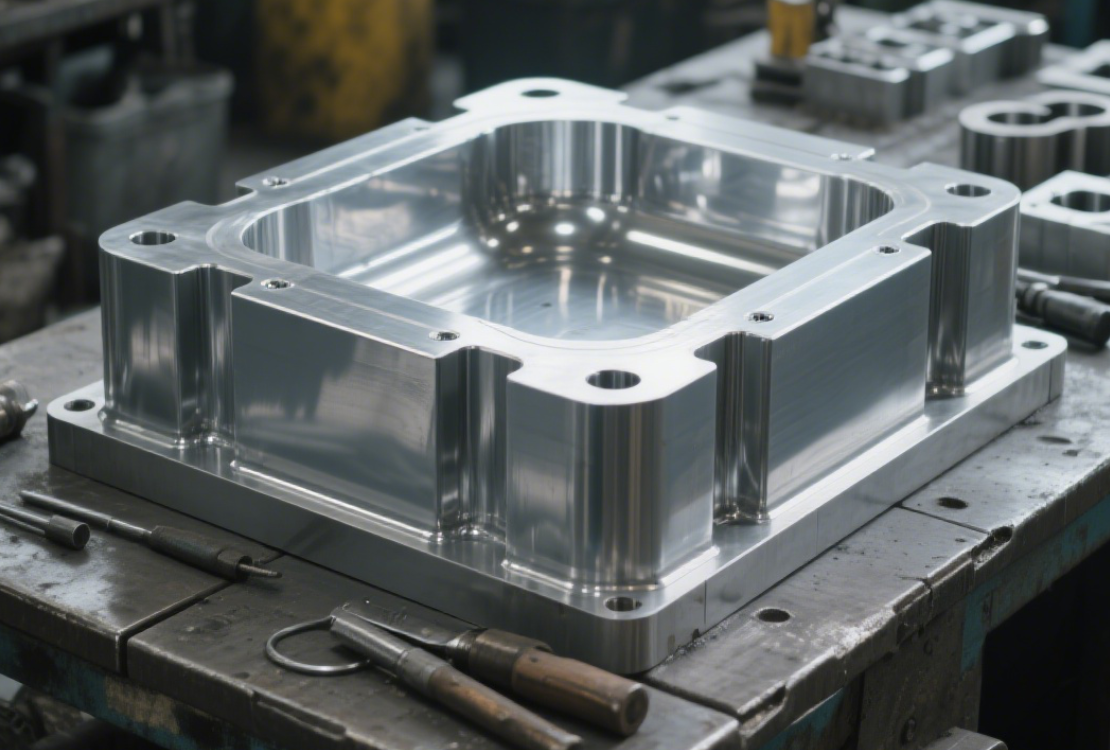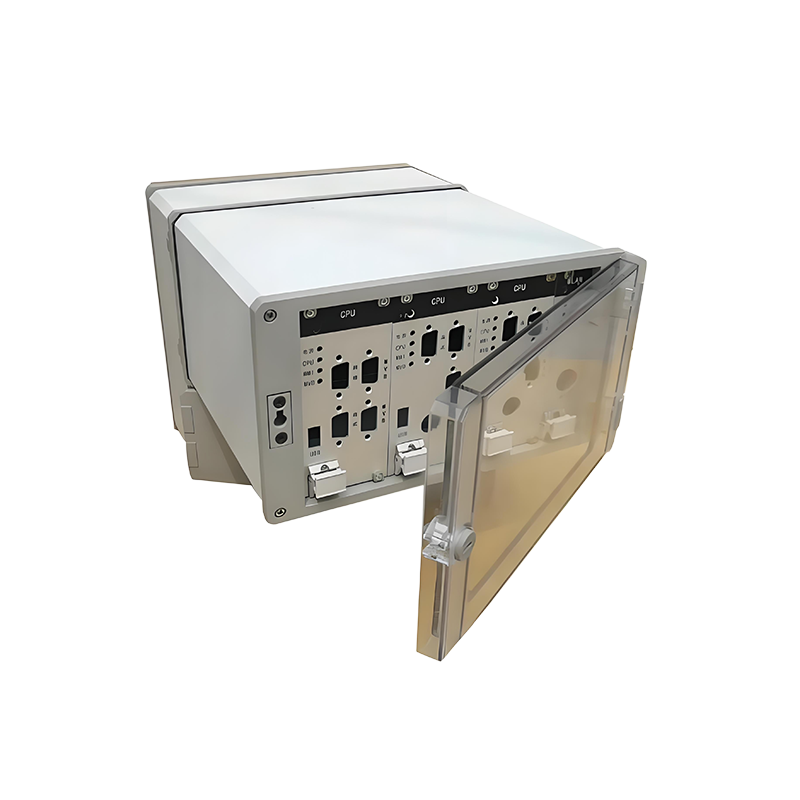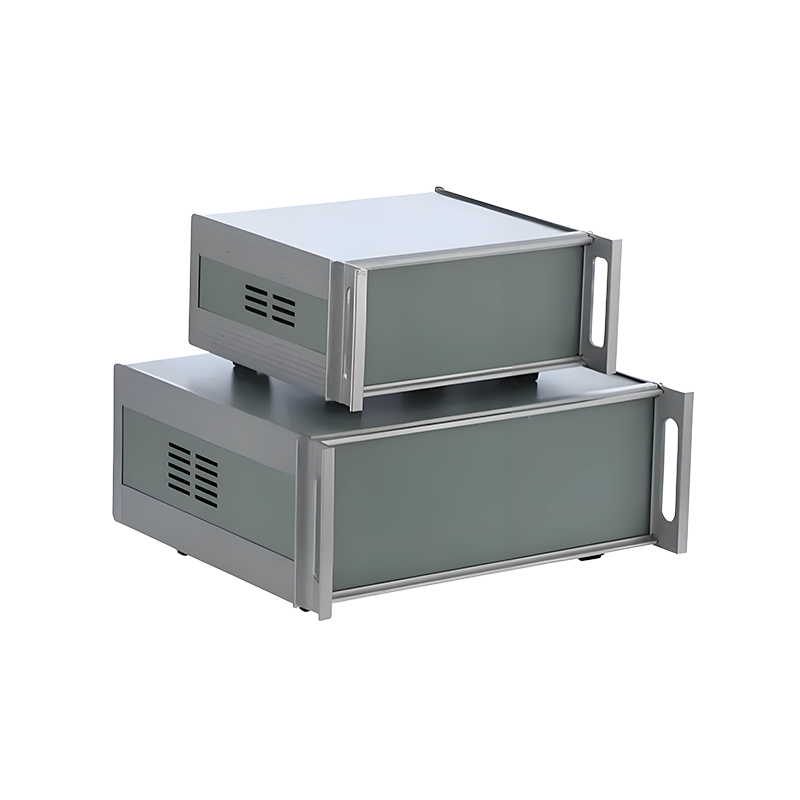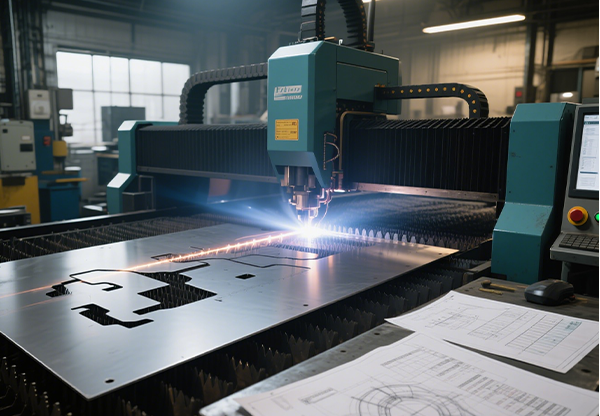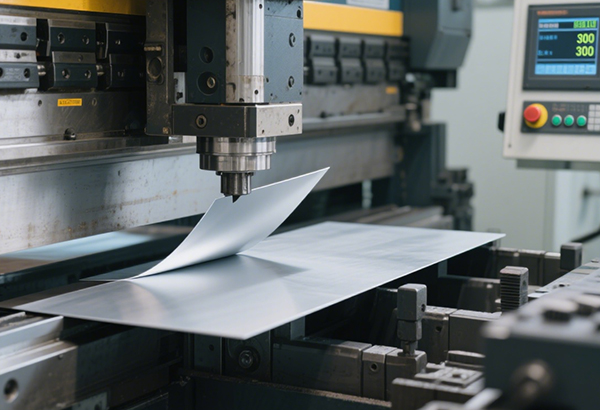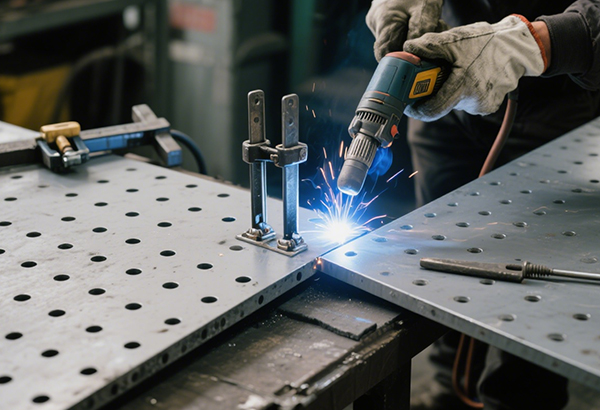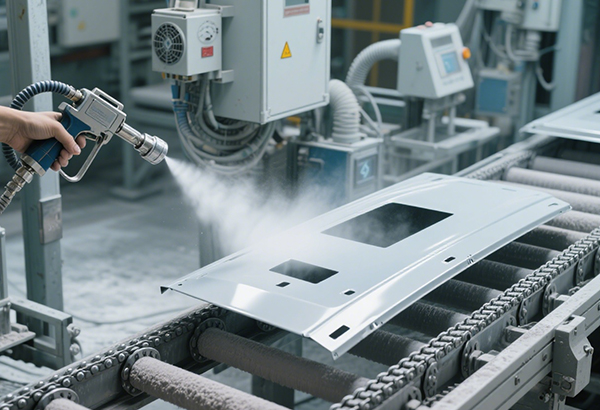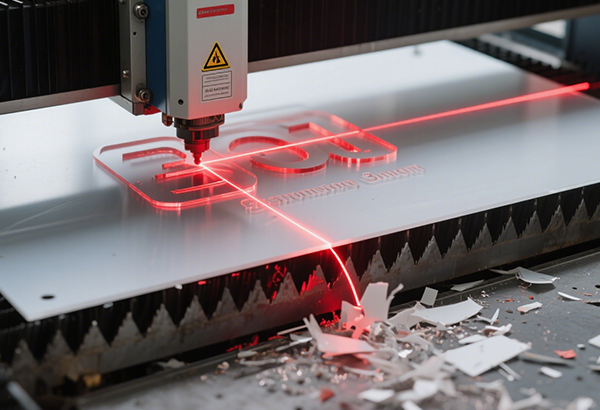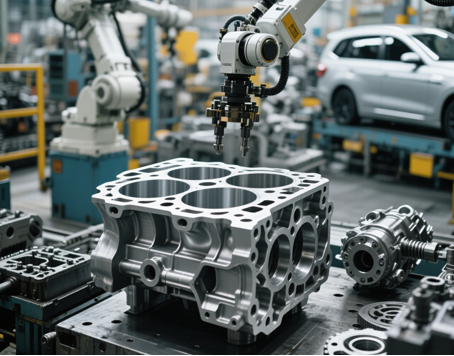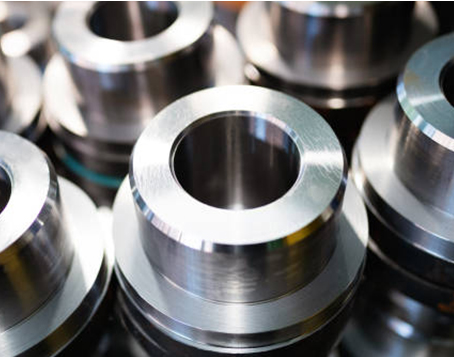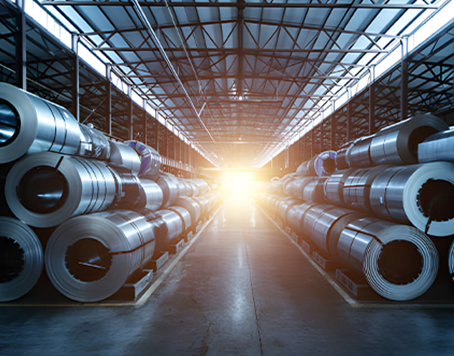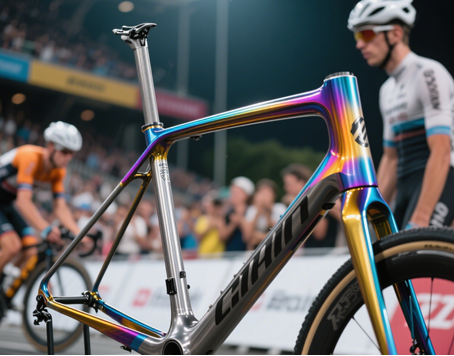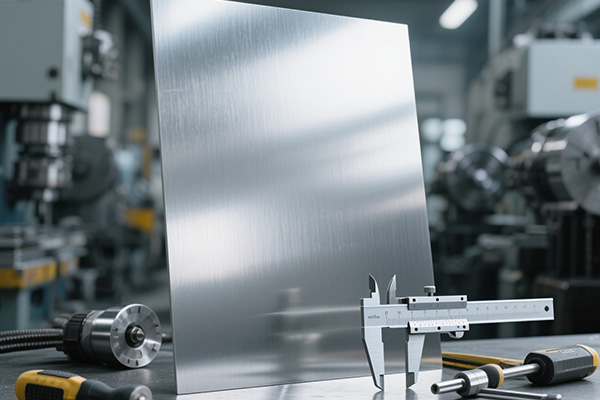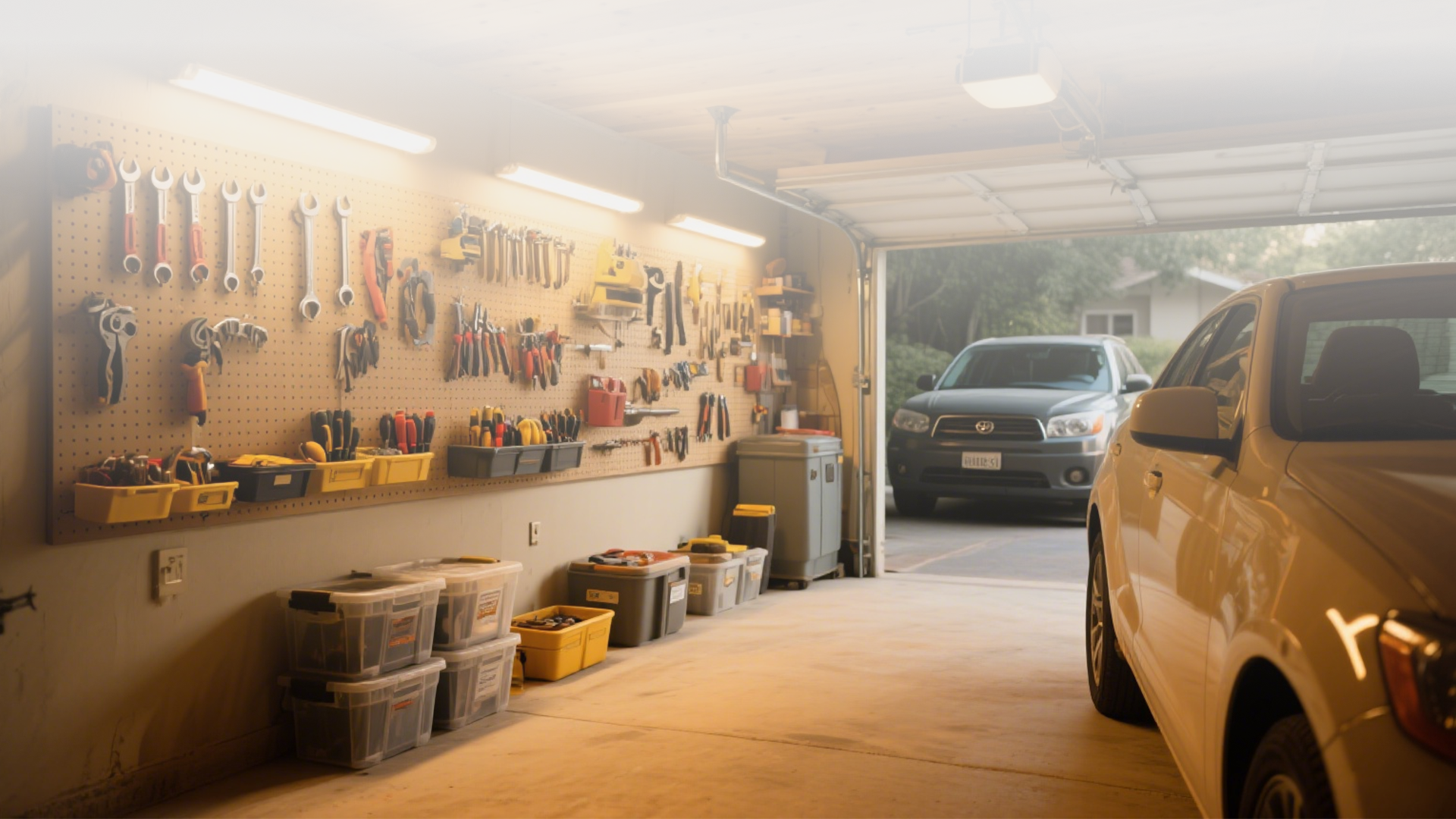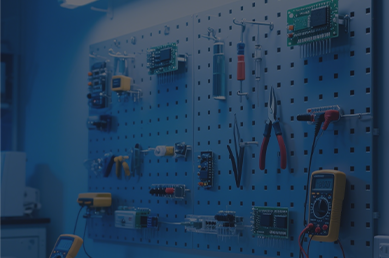Online
Product inquiry




Contact
Catalog
Related
| Classification | project | Content Description |
| Basic Information | Product Name | Lithium battery pack metal casing |
|
|
Processing technology | Laser cutting → CNC bending → riveting/welding → polishing → spraying/oxidation (sealing solutions can be customized) |
| Origin Logistics | Production address | Cangzhou, China (Hebei Province) |
|
|
Shipping Port | Tianjin Port (supporting national logistics and overseas exports) |
| Technical Specifications | Dimensions | Support customization of different module specifications (customers need to provide structural drawings or cell layout drawings) |
|
|
Material selection | Aluminum alloy (commonly used 5052, 6061) / stainless steel (supports lightweight and corrosion-resistant design) |
|
|
Surface treatment | Anodizing / spraying / brushing / conductive oxidation (balancing strength and insulation) |
| Customized services | Color support | Metallic color / Gray silver / Black / Other colors support Pantone customization |
|
|
OEM deep customization | Support IP65 protection customization, heat dissipation structure design, and battery cell/module adaptation solution development |
|
|
LOGO craft | Silkscreen printing / laser engraving / nameplate label (supports model serial number) |
| Supply Capacity | Packaging | Anti-static bag + customized pearl cotton inner tray + carton / wooden box (to ensure transportation safety) |
|
|
Minimum Order Quantity (MOQ) | Minimum order quantity: 1 piece (supports sample development and verification) |
|
|
Delivery cycle | Small batch proofing 7-10 days / Mass production 7-15 days according to structural complexity |
| Application Adaptation | Core application scenarios | Energy storage systems / electric two-wheelers / power tools / industrial power boxes / communication base station backup battery modules |
|
|
Adapt to customer industry | Lithium battery manufacturers / energy storage system integrators / electric vehicle manufacturers / energy and communications industry customers |
Detailed analysis of design drawings provided by the client and confirmation of processing plan


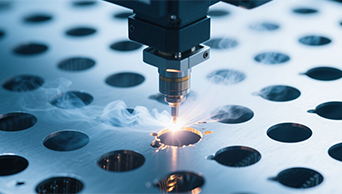
-
Applicable Scenarios
Complex Patterns, High Precision Requirements
-
Features
Precision ±0.05mm, Smooth Surface
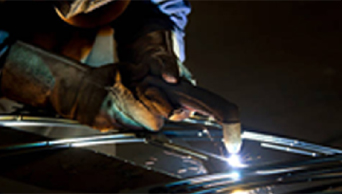
-
Applicable Scenarios
Workpieces with Thickness < 40mm
-
Features
Fast Cutting Speed, Smooth Surface

-
Applicable Scenarios
Any Engraving, Mainstream Industrial Cutting
-
Features
Low Cost, Easy Operation


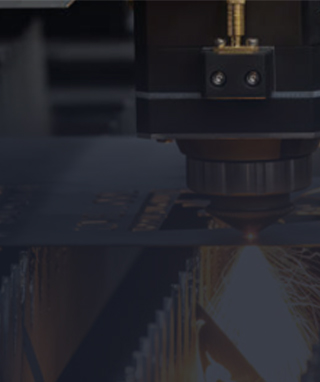
Supports 0.5-6mm Sheets
High Hole Position Accuracy
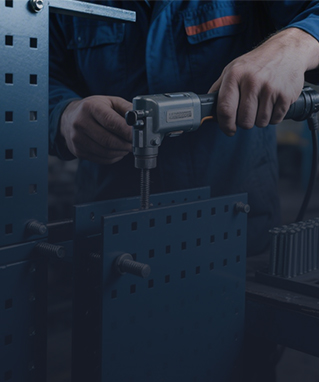
Pressure or Pull Riveting Process
No Damage to Surface Coating
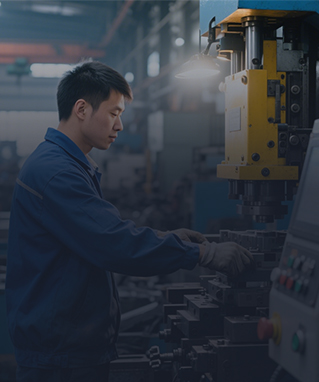
High-Speed Molding
Supports Complex Shapes
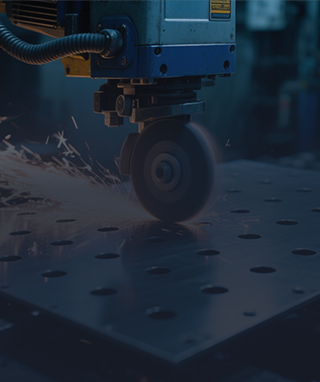
Remove Weld Slag, Burrs
Ensure Smooth Surface

Aluminum Alloy
Stainless Steel
Carbon Steel
Galvanized Steel
Titanium Alloy
Aluminum-Magnesium Alloy
